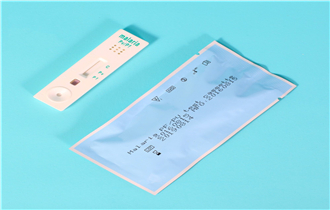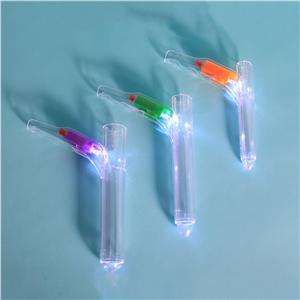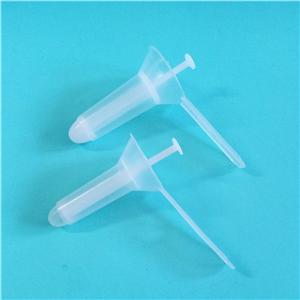Malaria diagnostic test kits detection principle and method
Malaria is an infectious disease caused by parasitic parasites in the human body. Use the Malaria diagnostic test kits to quickly diagnose if the body is infected. So what is the detection principle of the Malaria diagnostic test kits? How is the Malaria diagnostic test kits used? Here we take a look.
Malaria diagnostic test kits inspection principle introduction
The Malaria diagnostic test kits uses immunochromatographic analysis and double antibody sandwich assay to detect the specific soluble protein PF lactate dehydrogenase and pan lactate dehydrogenase contained in the red blood cells or released by the extracellular red blood cells.
At the time of detection, 5 μl of whole blood sample was added dropwise to the reagent sample well, followed by dropwise addition of 4 drops of the lysate, and the lysed sample was subjected to up-conversion under capillary effect. If the sample contains PF/PAN lactate dehydrogenase, it will react with the pre-labeled lactate dehydrogenase antibody to form a complex, which is captured by PF/PAN lactate dehydrogenase antibody immobilized on the membrane under chromatography. One or two red reaction lines are formed in the detection zone, and this is a positive result; if the sample does not contain PF/PAN lactate dehydrogenase, no red reaction line is formed in the detection zone, and this is a negative result. Regardless of whether or not the substance to be detected is present in the specimen, a red reaction line is formed in the quality control zone. This is a criterion for judging whether the specimen amount is sufficient and whether the chromatographic process is normal, and is also an internal control standard for the reagent.

Introduction to the detection method of Malaria diagnostic test kits
Please read the instruction manual of the Malaria diagnostic test kits before testing. The test should be carried out at room temperature.
1. Rip apart along the incision part of the aluminum film bag, take out the reagent card and lay it out and mark it.
2. Pipette 5 μl of whole blood sample and add it vertically to the sample well A while adding 4 drops of lysate to the sample well B.
3. The results were observed within 15 minutes; the results displayed after 30 minutes were not clinically significant.
Explanation of test results
Negative: a red reaction line, that is, only a red reaction line appears in the control area (C)
Positive:
1. Two red reaction lines, that is, a red reaction line appearing in the detection zone (T1) and the control zone (C), suggesting Plasmodium falciparum infection;
2. Three red reaction lines, that is, a red reaction line appears in the detection area (T1, T2) and the control area (C). It is suggested that P. falciparum is infected, but no co-infection of other Plasmodium species is excluded.
3. two red reaction lines, that is, a red reaction line in the detection area (T2) and the control area (C), suggesting that the Plasmodium infection except for sexual abuse
The above is about the introduction of the principle and method of detection of Malaria diagnostic test kitss. I hope that everyone can understand the principle and method of detection of Malaria diagnostic test kitss, and it is helpful for everyone to use the Malaria diagnostic test kits.




